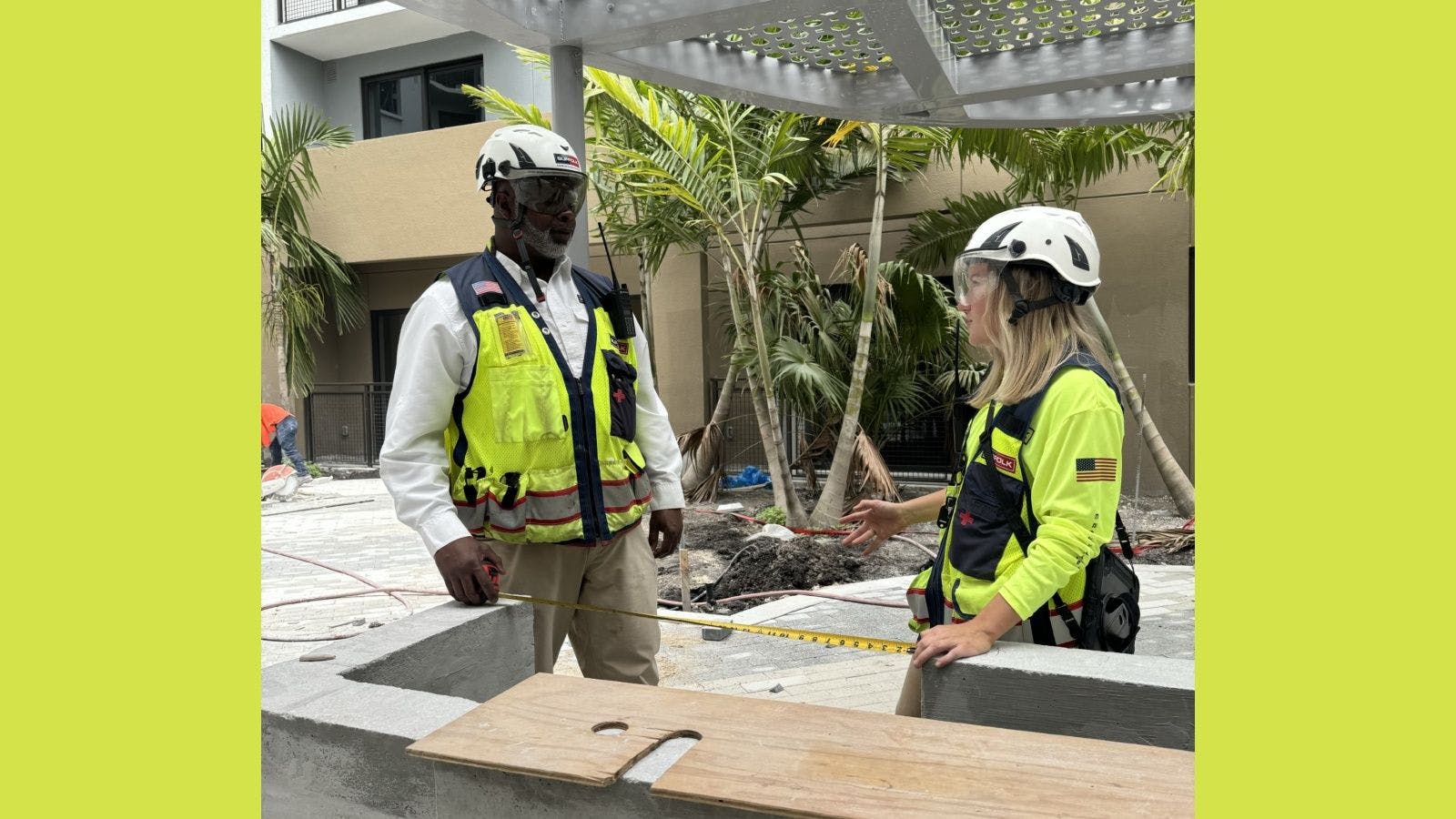
Three Steps to Develop Internal CEO Candidates
Sometimes it is obvious who will assume the role of CEO when the current CEO retires. But more often than not, construction companies need multiple NextGen leaders who are prepared to succeed in C-suite roles, including potentially the role of CEO.
Some firms choose to hire externally, but many construction firms prefer to promote from within. For a firm that wants to invest in developing its internal team, there are three steps necessary to build the capabilities of NextGen leaders.
1. Establish a career path to the C-suite
Who are the candidates with the most potential for the C-suite? Do they know they are being considered for an advanced position? CEOs often know who their NextGen leaders are, but many CEOs do not share that information with those potential candidates. They see a NextGen leader as next, but never tell them. Using a sports metaphor, it’s hard to build your bench if the players don’t know they are even on the team. Nothing will tank a succession plan faster than the unexpected exit of the next-in-line CEO.
“When I see a CEO who's working on exit and all of a sudden a superstar or the person they thought was going to be next leaves out of the blue, it wasn't out of the blue for the one who left. It's out of the blue for you. So what were you not talking to them about? How did they not know that you were seeing them as next?” says David Taylor-Klaus, chief executive officer of a leadership coaching firm.
Career issues, defined as opportunities for growth, achievement and security, continued to be the number-one reason employees decided to quit their job. Almost one in five employees cited career-related issues as the root cause of their decision to leave their organization, according to the 2021 Retention Report.
It’s hard to find good talent right now. Thus, it’s important to keep the talent that a company already has on board. Construction leaders who establish clear career paths to the C-suite are more likely to retain their top talent.
2. Teach NextGen leaders business acumen
Employees who work in specific departments or divisions in a business gain deep knowledge of an area of expertise. Even C-suite executives tend to specialize in specific areas, such as finance, marketing or human resources. However, a CEO must have business acumen that takes into account all of the areas of the company’s business model.
When a board of directors starts looking for potential CEO candidates in the C-suite, they often only find specialized professionals. It is not uncommon for a specialized C-suite leader, such as a chief marketing officer or a chief operating officer, to flounder when they are promoted to CEO. What makes a great CMO does not always make a great CEO—unless that CMO has been trained and coached to think like a CEO.
“This is an idea that comes from much larger multinational firms, where they're moving people across business units, across from finance to marketing, to help them learn. Smaller organizations can do (and should do) exactly the same thing,” Taylor-Klaus says. “If you want somebody to grow into a C-suite position, they have to see more of how the business works instead of going up through their silo. Work with your people that are in your succession plan to help them develop their development path with you, and then move them through that and adapt as you go.”
3. Transfer client relationships to the NextGen
For small to medium-size firms, the CEO is often viewed as the key contact by the firm’s major clients. In other words, the clients’ relationship with a company depends on their relationship with the CEO. Whoever assumes the role of CEO will inherit the client relationships forged by the previous CEO.
Thus it is vital that the CEO introduce C-suite candidates to key clients. The CEO needs to take those candidates to client meetings. Then candidates need to focus on building ties to the clients. The more C-suite leaders who have solid relationships with these key clients, the more likely a firm will have desirable internal CEO candidates.
The strongest CEO candidates will be those who have a strong relationship with key clients. C-suite leaders with little to no relationship with key clients may find it hard to succeed as CEO.
NextGen leaders do not become successful C-suite executives overnight. It takes a minimum of two years to grow a mid-level manager into a successful C-suite candidate, but usually requires three to five years. The more cross-trained NextGen leaders are, the stronger the future C-suite becomes.
Related stories








